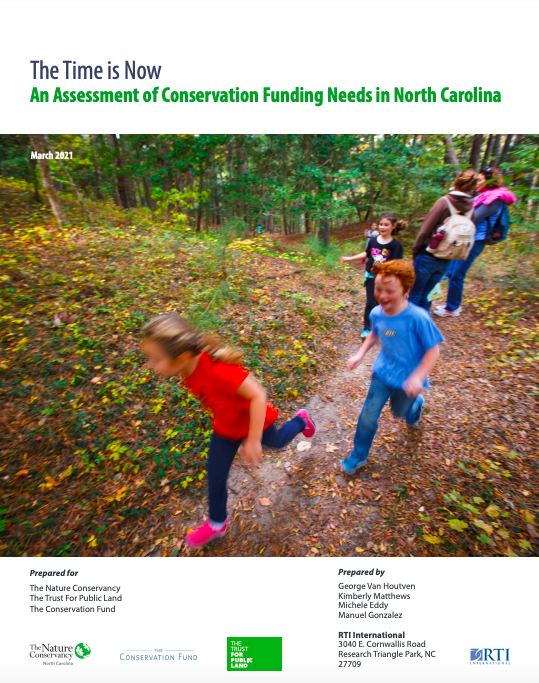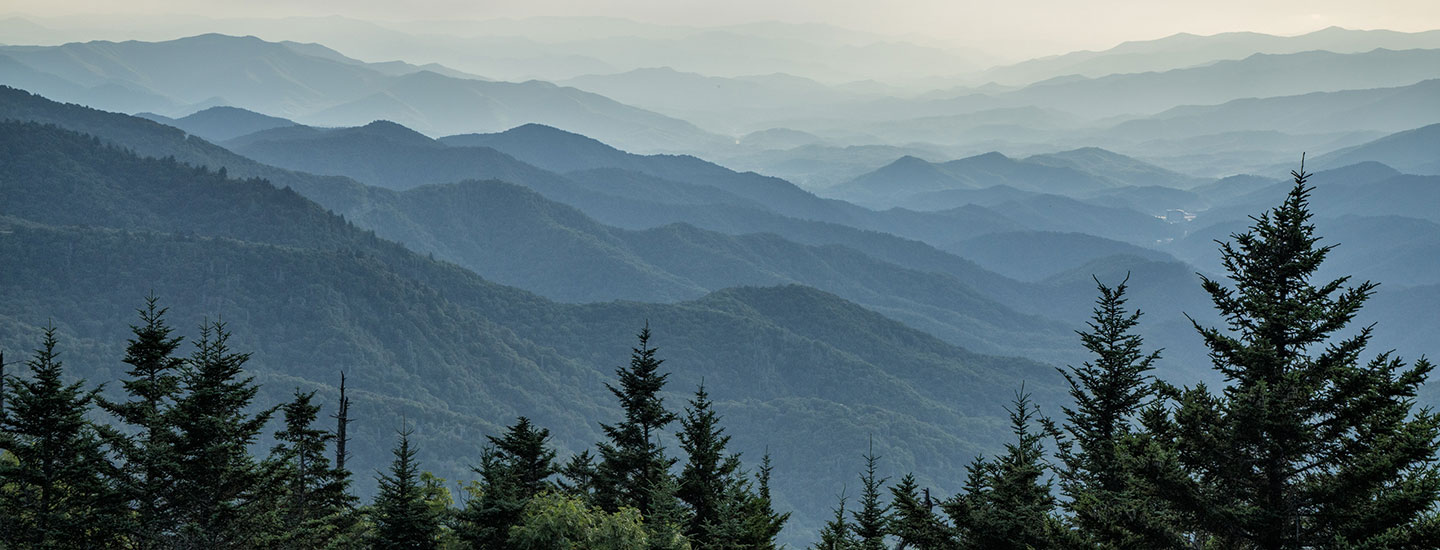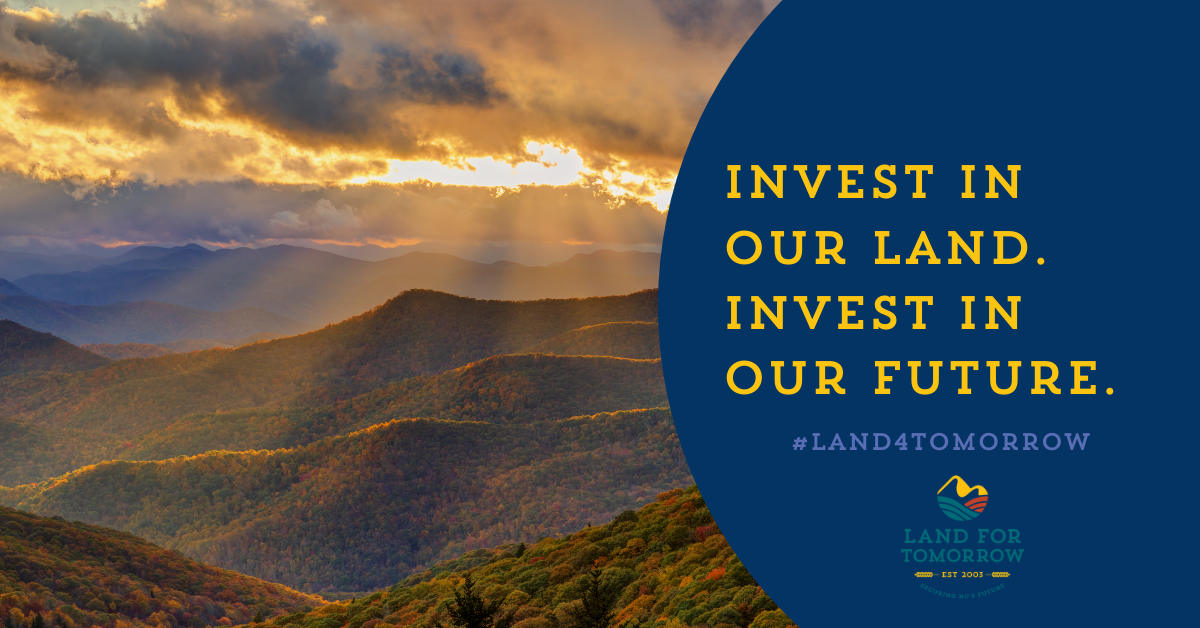A new study by RTI International (RTI), a nonprofit research institute, makes the case for increasing public land and water conservation funding in North Carolina. “The Time is Now: An Assessment of Conservation Funding Needs in North Carolina,” says that projected growth will lead to the loss of 2 million acres of undeveloped land in the next three decades. It also points to the role that undeveloped lands play in flood protection, buffering of mission-critical military bases, and providing places for people to recreate. That recreation need was particularly apparent during the COVID-19 pandemic when state parks experienced record attendance and the issuance of hunting and fishing licenses dramatically increased.
“Our research highlights the urgency of investing in conservation efforts in the state of North Carolina,” said George Van Houtven, Director of Ecosystem Services Research at RTI and lead author on the study. “Preserving our forests, wetlands, and farmland is not only vital for our state’s economy, but a chance to bolster outdoor opportunities for North Carolinians while simultaneously decreasing flood risks.”
Most public land and water conservation funding comes from three trust funds—NC Land and Water, Parks and Recreation, and Agricultural Development and Farmland Preservation, which are largely funded through state appropriations. At its peak in 2008, the trust funds awarded more than $155 million. Last year, only $29.9 million was awarded.
State agencies have identified millions of dollars in unmet needs. The North Carolina Division of Parks and Recreation would like to add 134,000 acres to its holdings at a projected cost of $310 million. Most of the parks were closed for six weeks last spring due to the pandemic, but still experienced a record year with more than 19.7 million visitors. The N.C. Wildlife Resources Commission reported a 95% increase in its Inland Fish/Coastal Recreational Fishing Licenses between May and December 2020. Hunting licenses increased by nearly 20% during the same period.
“COVID-19 emphasized just how much North Carolinians appreciate places for outdoor recreation including hunting and fishing,” says Tim Gestwicki, Chief Executive Officer of the NC Wildlife Federation. “In some places, particularly the Piedmont, state game lands are limited. We need to protect these properties before they are lost to development.”
Last summer’s Congressional passage of the Great American Outdoors Act, which guarantees full funding for the Land and Water Conservation Fund (LWCF) also presents new opportunities. LWCF funds are awarded to the state but require matching state funds. The state also pulls down significant dollars from the Department of Defense (DOD) to protect land around military bases. DOD also requires state matching dollars. “We’ve got so much opportunity with federal funding and the need for additional public lands is obvious in light of the use the current lands are getting,” says Bill Holman, NC State Director of The Conservation Fund.
“At the current funding rate, we just make a dent in the needs,” says Katherine Skinner, Executive Director of the NC Chapter of The Nature Conservancy. “Meanwhile, North Carolina is the eighth fastest-growing state in the nation. We need to act now before lands are developed. Undeveloped lands and wetlands are crucial for the multitude of benefits they provide people, from flood control to clean air and clean water.”
The RTI study was commissioned by The Nature Conservancy, The Conservation Fund, and The Trust for Public Land. Click the image below to read the full report.







